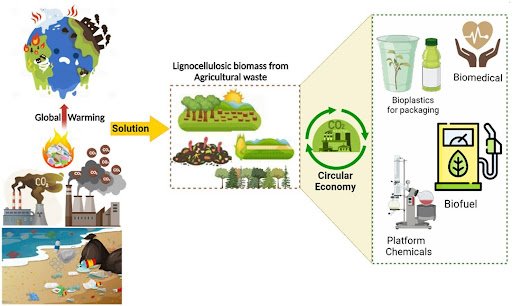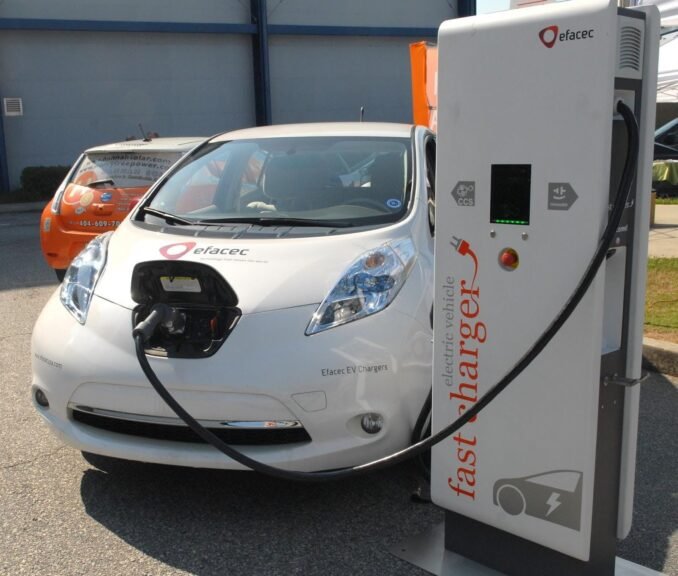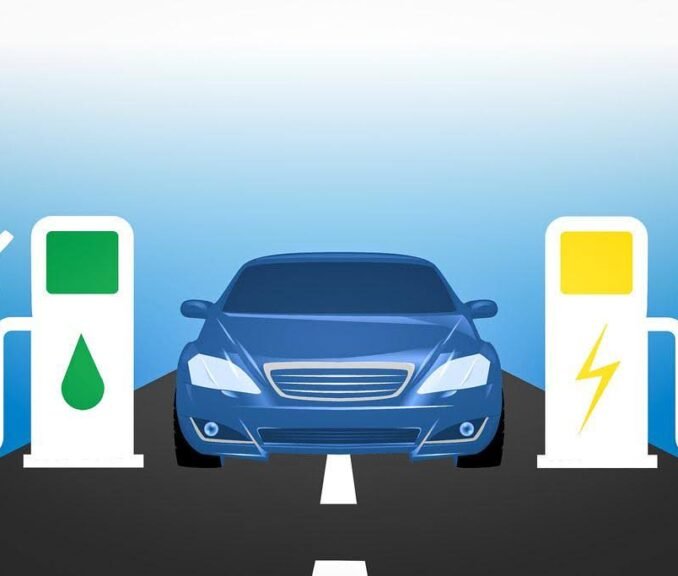The 2030 Agenda for Sustainable Development consists of 17 SDGs that require urgent calls for action by countries through environmental initiatives each year.
The world is changing fast. Climate disasters are more frequent. Resources are running out. We’ve reached a point where sustainability isn’t just a good idea—it’s our only option.
For years, people treated sustainability like an optional extra—something businesses did for good PR, something governments talked about but didn’t act on. But in 2025, there’s no time for debate. Either we change our lifestyle, or we face the outcome.
At its core, sustainability is a concept of development without endangering resources for future generations. It’s about balance. Using resources wisely. Reducing waste. Protecting nature. It’s about making sure that when our kids and grandkids inherit this planet, it’s still livable.
The idea isn’t new. The UN first pushed it into mainstream conversation in 1987 with the Brundtland Report. It defined sustainable development as meeting today’s needs without stealing from future generations. A simple idea, but one we’ve struggled to follow.
Now, in 2025, the pressure is real. We’re running out of time. The way we farm, build, travel, and consume must change. The good news? It is changing.
For decades, we have had a simple cycle: Buy, Use, Throw away, Repeat. That’s over. Companies and governments are pushing for a circular economy—one where products are designed to last, be reused, or be recycled.
People are finally realizing that landfills are finite and so are forests. The change to a circular economy isn’t just a trend but survival.

The technique of farming practiced for the last 100 years, is killing the land. Pesticides. Overfarming. Erosion of soil. The earth is exhausted. But farmers are fighting back with regenerative agriculture.
Instead of stripping the soil, they’re rebuilding it. How?
Healthy soil grows better food. By absorbing carbon from the air and helping fight climate change, it holds water better, protecting farms from droughts. If we can’t fix our soil, we can’t fix anything.

Big companies can not cut their emissions overnight, but they can offset their pollution by funding projects that remove carbon from the air.
It’s not perfect. Some companies use carbon offsets as a way to avoid real change. But for businesses that are serious, offsets are a stepping stone to something bigger: true carbon neutrality.
For years, companies made big claims about being “green.” Now, they have to prove it.
It’s simple: if you say you’re eco-friendly, you’d better have the data to back it up. If not, expect consequences.
Fashion is one of the most wasteful industries on Earth. It’s time to change that.
People want quality over quantity now. Fast fashion brands that don’t adapt? They won’t survive.
Old buildings waste too much energy. In 2025, construction is different.
As climate change makes storms and heat waves worse, climate-resilient buildings will be the new standard.
Gas-powered cars are fading. EVs are taking over.



Governments are pushing for all-electric transportation. Some cities are even banning gas cars in the next decade. The shift is happening fast.
Plastic waste is choking our oceans. Companies know they can’t ignore it anymore.
Consumers are demanding change. Businesses that listen will thrive. Those that don’t? They’ll lose customers fast.
Some people still think sustainability is a “nice idea” instead of an urgent need. But let’s be real: if we don’t change, we won’t have a future to debate.
This isn’t just about saving nature. It’s about saving ourselves. If we don’t fix the way we live, we’ll pay the price—and so will future generations.
The good news? We can turn things around. But only if we act now.
Sustainability in 2025 is more than just a trend. It’s survival. The way we farm, build, travel, and consume is changing. Some of these shifts are small. Others are massive. But they all matter. Governments are making new laws. Businesses are adjusting. People are demanding better. The only question left is: Will we do enough before it’s too late? The future is still in our hands. But not for much longer.